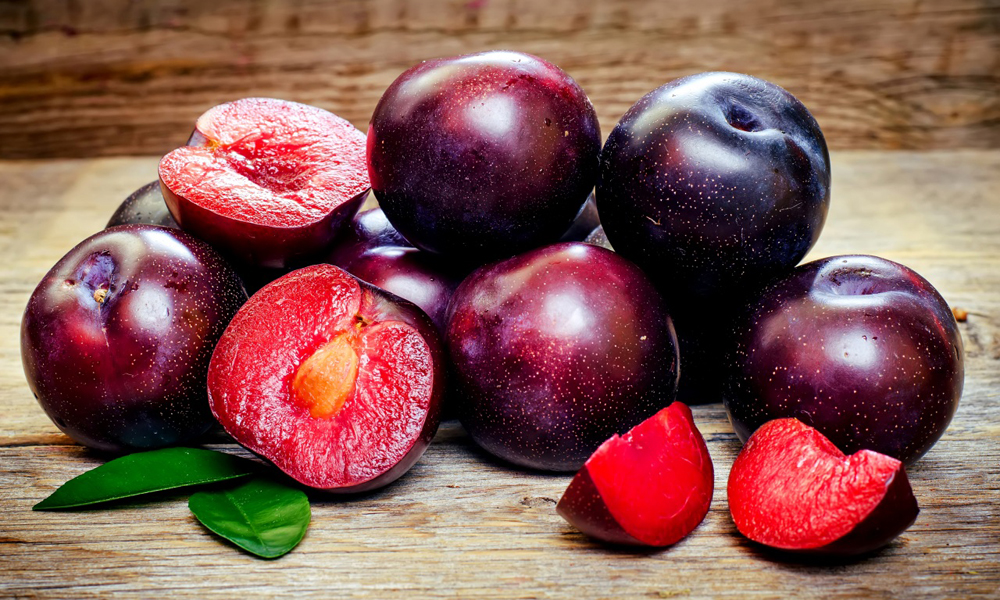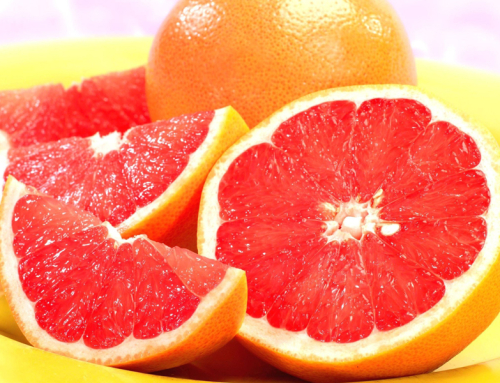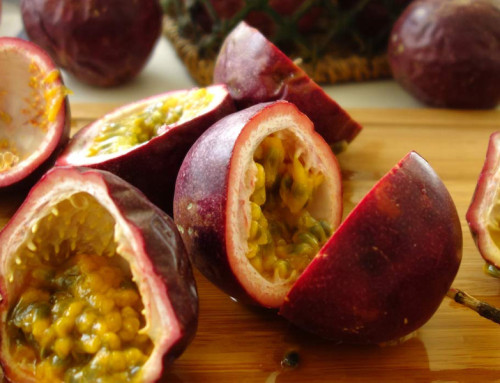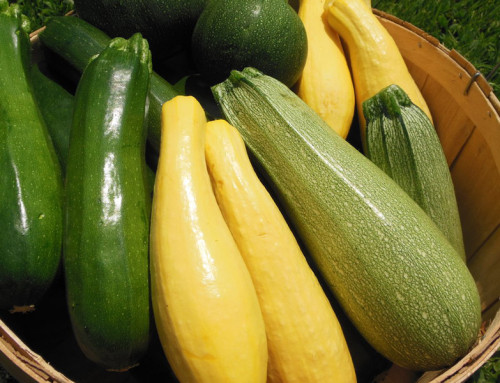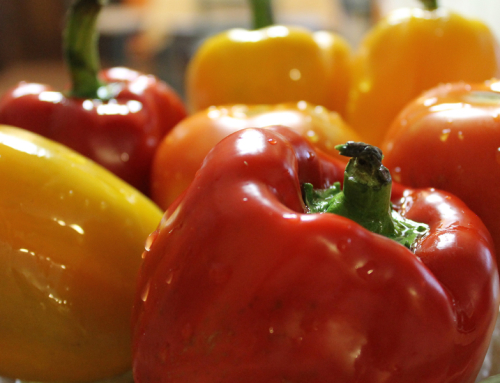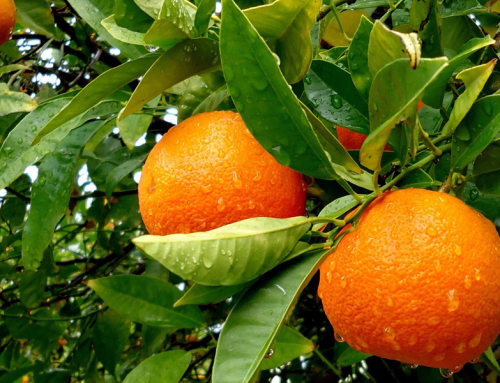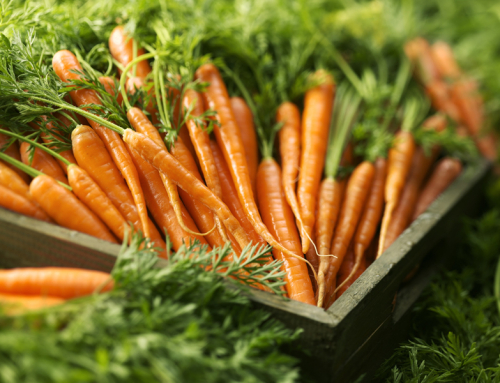- 1 fresh fruit, 2 1/8’’ in diameter (approx. 66 g) – 30 calories
- 1 cup of dried plums, pitted (approx. 174 g) – 418 calories
Plums are a delicious and sweet fruit that has a lot of health benefits. They are described as small fruits that can be from bright yellow to dark red, all the way through to a purplish-black. Some plums are also larger than other varieties. Their weight varies between 50-100 grams. Plums have a relatively large seed in their center that should not be eaten.
Their flesh is plump and juicy with a pleasantly sweet taste. In the United States, common varieties are red plums, Italian plums, and blackthorn plums.
What Makes Plums Healthy?
- Plums are a low calories snack that tastes great and packs a diverse nutrient punch. Another plus, they have no saturated fat.
- Plums are a great source of antioxidants. Their ORAC (the measurement of antioxidants) is 7581, higher than apples, blueberries, and blackberries.
- Plums contain a lot of vitamins, including Vitamins A, C, E, K.
- They are also a great source of minerals with respectable amounts of Zinc, Selenium, Phosphorous, Magnesium, Manganese, Iron, and Copper.
Safety Warning
Plums contain oxalic acid. This is also found in fruits like blueberries as well as some dark leafy greens like spinach and kale. Too much oxalic acid may form hard crystals in some people’s urinary tracts. Drink a lot of water to flush your system and avoid getting urinary tract crystals.
Notes:
Plums are most commonly enjoyed ‘as is’. That is, wash them under cold running water. To take extra possible pesticides off their gentle skin, rub baking soda on them then wash under cold water.
Be sure to bite around the seed or cut the plum in half to remove it. The seeds cannot be eaten.
Plums are a great addition to salads; some Middle Eastern rice pilafs use plums for flavor, or can be baked. Dried plums are called prunes and are a great source of fiber (just watch out for the extra sugar).

